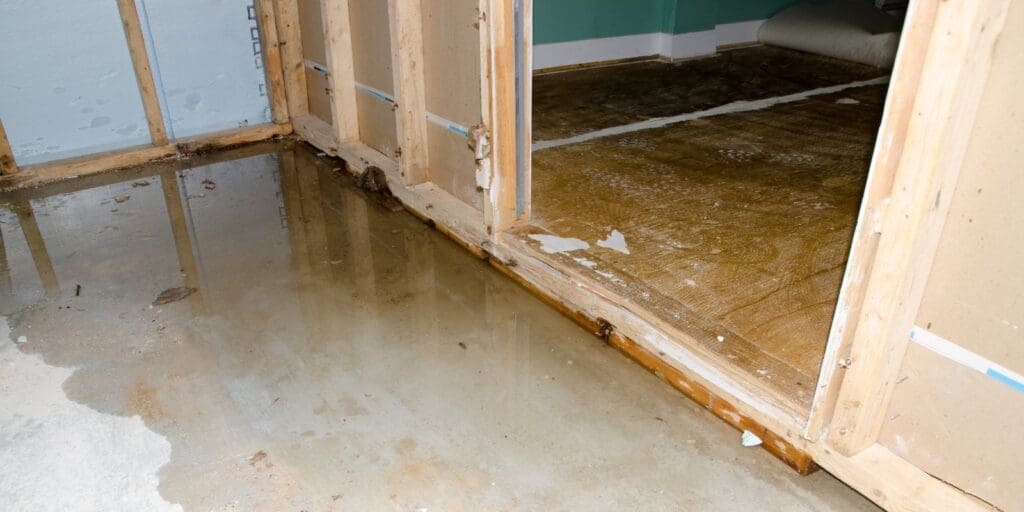Finding water in your basement or cellar is never a good sign. Whether it’s a small puddle after heavy rain or full-on flooding, unwanted water can lead to mould, structural damage, and expensive repairs. Whether you’re dealing with a few centimetres of water or a serious flood, having the best submersible pump on hand can save you time, stress, and expensive repairs.
This article will guide you through the causes, solutions, and prevention tips for dealing with water in your basement or cellar.
Common causes of basement flooding
Before you can fix the problem, it helps to understand what’s causing it. Some of the most common reasons include:
- Heavy or prolonged rainfall.
- Poor drainage around the home.
- Blocked gutters or downpipes.
- Cracks in the foundation walls or floor.
- Rising groundwater levels.
If the flooding happens regularly, it’s worth looking at long-term solutions in addition to a quick fix.
How to remove water safely
If you walk downstairs and find water pooling on the floor, act quickly to minimise damage. Here’s what to do:
- Turn off electricity to the affected area before entering.
- Wear rubber boots and gloves to stay safe.
- Remove any furniture or belongings to avoid further damage.
- Use a submersible pump to remove the water efficiently.
- Dry the area with towels, fans, or a dehumidifier.
A submersible pump is especially useful if there’s more than a few centimetres of water. It sits directly in the water and pumps it out through a hose, saving you hours of manual work.
Choosing the right pump
Not all pumps are the same. Depending on how much water you’re dealing with, you’ll need a specific type of submersible pump. Here are some key factors to consider:
- Depth of water: shallow-flood pumps can remove water down to just a few millimetres, while others are better for deeper water.
- Clean vs dirty water: if the water contains debris or dirt, choose a pump that’s designed for dirty water.
- Flow rate: higher flow rates remove water faster, but may cost more.
- Portability: if you only need it occasionally, go for a lightweight model that’s easy to store.
If you’re unsure, it’s worth speaking to a specialist to find the right model for your home setup.
Preventing future basement water problems
Removing the water is only part of the job—stopping it from coming back is just as important. Here’s how you can protect your basement in the long run:
- Inspect your gutters and downpipes regularly to keep them clear.
- Ensure water drains away from your home’s foundations.
- Seal cracks in walls and floors with waterproofing materials.
- Install a sump pit and pump if you live in a flood-prone area.
- Consider using a dehumidifier in damp conditions.
Regular maintenance can make a huge difference, especially during the wetter months in the UK.
When to call a professional
If the flooding is severe or keeps occurring despite your best efforts, it might be time to bring in a professional. They can assess the drainage system, check for foundation issues, and recommend permanent fixes like waterproof membranes or sump pump installations. While a submersible pump is effective for small to moderate flooding, repeated water problems may point to deeper issues, such as poor drainage or foundation cracks, which need expert attention.
A wet basement or cellar not only causes inconvenience but can also lead to lasting damage to your home and belongings. The good news is that by acting quickly with the right tools, like a submersible pump, you can minimise damage and save both time and money. Additionally, taking preventive measures can help ensure your basement stays dry in the future, preventing costly repairs down the line.

